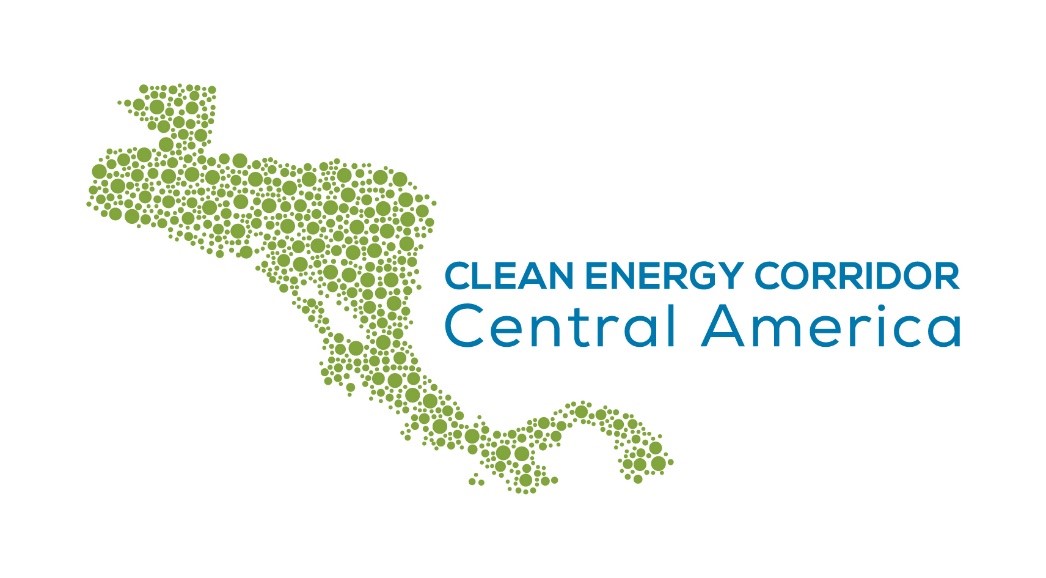Regional Initiatives
Contact us
Send a messageOverview
The Clean Energy Corridor of Central America (CECCA) was developed in 2015, with the CECCA Strategy document being formally endorsed by the region’s energy ministers in the same year. The initiative promotes the accelerated deployment and cross-border trade of renewable power in Central America, in the context of the regional electricity market and the regional transmission network (SIEPAC). CECCA is built around key pillars of implementation: power system operations and regulatory frameworks for increasing VRE shares; country and regional power system planning with renewables; zoning and renewable resource assessment; and capacity building and information dissemination.

In 2016, when only Nicaragua and Panama were IRENA Members among CECCA countries, Panama was chosen as the pilot country of the initiative. As such, CECCA activities began advancing in conjunction with the Panama Renewables Readiness Assessment (RRA). Following stakeholder consultations and expert meetings in Panama, IRENA identified two immediate areas for support in line with CECCA’s first pillar of implementation: modelling of variable renewables and the application on power system studies, and assessing power purchase agreements (PPAs) for solar and wind energy.
Technical Component of CECCA – VRE Grid Integration
IRENA undertook a gap analysis in 2017 for Panama’s power system operations and planning, which found that the National Dispatch Centre (NDC), together with other market players, have made considerable progress in the preparation of the electricity system to integrate the expected amounts of VRE in the medium term. At the same time, IRENA identified several priority areas for support: modelling of VRE and its application on the electrical studies of the operation planning with the power system simulation and modelling software (PSSE), among other areas.
Based on the gap analysis, IRENA carried out a training with Panama’s power system operators, with a focus on using network analysis software (PSSE) to assess and model the impacts of integrating high shares of solar and wind energy on the security and stability of the national power system. As an outcome of the training, IRENA identified further potential areas of support for system operators, both in Panama and other CECCA countries, which relate to technical trainings on advanced power system analysis, advanced grid code and operational procedures, enhanced forecasting, and transmission management.
Regulatory Component of CECCA – Power Purchase Agreements (PPAs)
Despite the deployment of wind and solar PV in Panama in recent years, there is often uncertainty about existing and future investment incentives for renewable energy. These concerns for project developers and investors relate to a quickly saturating power market, limited abilities to trade into the regional market, and PPA for wind and solar PV. Moreover, PPAs in the country are designed for dispatchable technologies such as coal, gas, oil and hydroelectricity.
In this context, the regulatory component of CECCA focuses on assessing solar and wind PPAs to ensure a level playing field for renewables vis-à-vis conventional generation, given that under current frameworks, there appear to be limited investment incentives for VRE. To support this work, IRENA has developed a financial modelling tool to assess various renewable energy PPA designs for renewable energy in Panama.
CECCA – Looking Ahead
Following the CECCA Regional Meeting in May 2018, where IRENA presented the outcomes of the technical and regulatory components, the initiative is in the process of extending beyond the pilot-country phase. A regional technical training on VRE grid integration is currently planned for late 2018, while additional activities, in line with CECCA’s implementation pillars, are envisioned to begin shortly after.
Photo gallery
Past Events
-
7-9 November 2023 Montevideo, Uruguay
IRENA – Latin America Energy Transition Investment Forum










